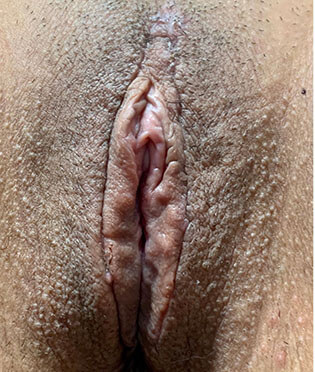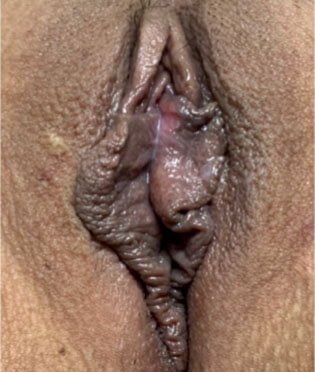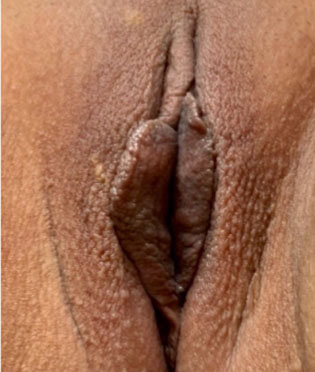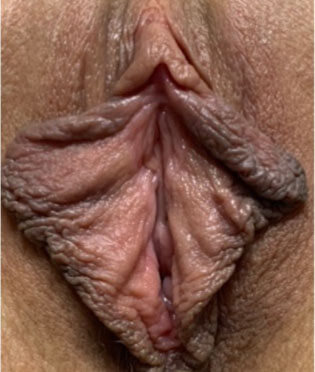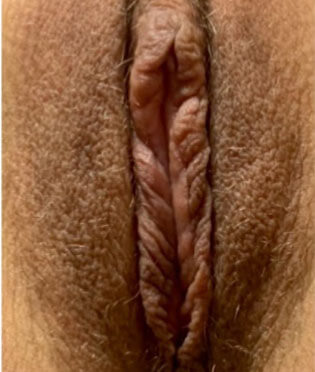Labiaplasty is a reconstructive surgery that removes excess and/or uneven labial tissue from the labia minora (i.e. inner vaginal lips) and/or the labia majora (i.e. outer vaginal lips). Enlarged or elongated labia minora, known as labial hypertrophy, are the result of genetics, puberty or childbirth. A surgical procedure on the labia minora is known as a minoraplasty. Enlarged or hanging labia majora can be caused by a variety of reasons, including weight fluctuation, age, genetics, and childbirth.
Sometimes enlarged labia majora and minora can cause discomfort during exercise or intercourse. They can be uncomfortable and/or visible when women wear tightly fitted clothing or bathing suits. Labiaplasty surgery, or majoraplasty, resolves any issues with irritation, rubbing, and visibility.
The surgery is a simple gynecological procedure and serves to improve the aesthetic quality of a woman’s vaginal region. The procedure restores confidence and self-esteem to women who are self-conscious about the appearance of either or both their labia minora and labia majora.
What technique is used?
After 10 years of performing labiaplasty surgery and experimenting with various styles of surgical technique, Dr. Ghozland determined that a straight edge technique is the most effective with the fewest risks. The incision runs along the length of the labia. It allows Dr. Ghozland to remove darker pigmentation often found on the edges of the labia and more accurately create the new shape of the labia as determined by the patient. The laser provides superior precision and cutting and less thermal injury, thereby promoting faster and less painful healing.
For the labia majora, a procedure known as the labia majoraplasty is done by removing 2 crescent shaped sections of skin. If there is excess fatty tissue, liposuction can be performed on the area to remove it. After, the skin is trimmed and sutured together to create the desired look.
All sutures utilized are self-dissolvable and disappear within six weeks.
Who are candidates for surgery of the labia?
Women who have experienced labial stretching or tearing during childbirth or women suffering from labia minora hypertrophy can benefit from this procedure. Abnormally large labia can cause irritation and discomfort during certain activities and sports. Also, women who are self-conscious regarding asymmetrical labia can gain self-esteem by achieving a more proportionate and balanced look.
Women who feel unhappy with their labia majora can also have a majoraplasty performed, which gives them the ability to have the labia majora shaped to their desired appearance.
Can this surgery be combined with other gynecological procedures or cosmetic surgeries?
Labiaplasty is easily paired with vaginoplasty or other gynecological procedures, such as hysterectomy, urinary stress incontinence, and endometrial ablations. Both the majoraplasty and minoraplasty procedures can be done at the same time, if the patient wishes to change the appearance of both the labia majora and labia minora. They also can be performed in conjunction with plastic surgeries like breast augmentation and/or tummy tucks.




